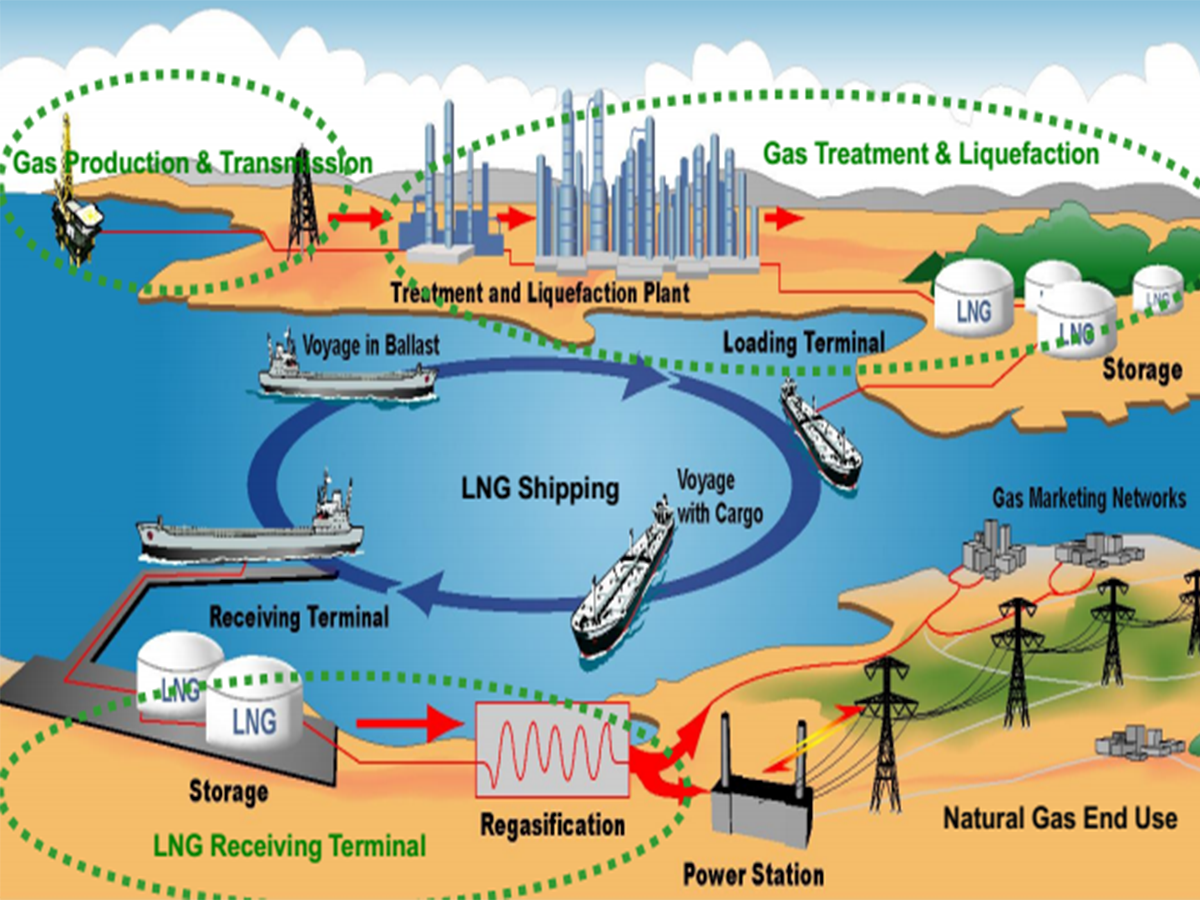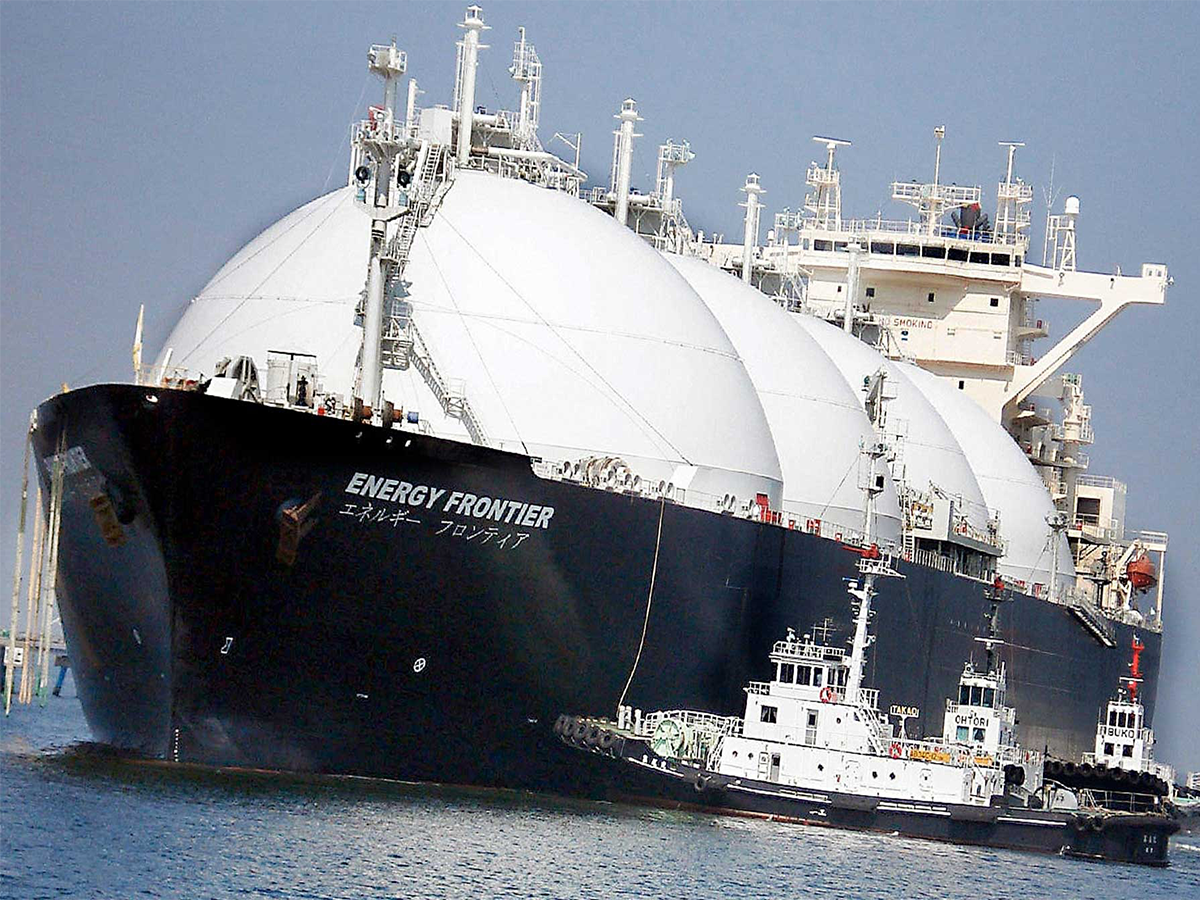The Comprehensive Guide to Exporting Liquefied Natural Gas
Description: In this blog post, we will dive deep into the world of liquefied natural gas (LNG) and explore the process of exporting LNG. We will discuss the importance of LNG in the global energy market, the benefits and challenges of exporting LNG, the necessary infrastructure, and the key players in the LNG export industry. By the end of this post, you will have a clear understanding of how LNG is exported and the impact it has on the global economy.
See More The Cons Of Lng Collection
Section 1: Introduction to Liquefied Natural Gas
Liquefied Natural Gas (LNG) is a natural gas that has been cooled to a very low temperature (-162°C or -260°F) to convert it into a liquid state. The liquefaction process reduces the volume of natural gas by approximately 600 times, making it easier and more cost-effective to transport and store. LNG is odorless, non-toxic, and non-corrosive, making it a safe and versatile energy source.
More About Us: SOUTHERN GAS TRADING JSC
Section 2: The Importance of LNG in the Global Energy Market LNG plays a crucial role in meeting the growing demand for energy worldwide. It provides an efficient and environmentally friendly alternative to traditional fossil fuels such as coal and oil. As countries strive to reduce their carbon emissions and transition to cleaner energy sources, LNG has emerged as a viable solution due to its lower greenhouse gas emissions and abundant supply.
Section 3: Benefits of Exporting LNG Exporting LNG offers numerous benefits for both producing and consuming countries. Some of the key advantages include:
Economic Growth: Exporting LNG can boost the economy of producing countries by generating revenue from the sale of natural gas reserves. It creates job opportunities and attracts foreign investments in infrastructure development.
Energy Security: For importing countries, LNG provides diversification of energy sources, reducing dependence on a single supplier or region. This enhances energy security and mitigates supply disruptions.
Environmental Benefits: Compared to other fossil fuels, LNG has lower carbon dioxide emissions and virtually no sulfur dioxide emissions. Exporting LNG can help importing countries reduce their greenhouse gas emissions and improve air quality.
Section 4: Infrastructure for Exporting LNG Exporting LNG requires a significant investment in infrastructure to liquefy, store, and transport natural gas. The key components of LNG infrastructure include:
Liquefaction Facilities: These plants cool natural gas to its liquefaction point using a process known as cryogenic cooling. Liquefaction facilities are typically located near natural gas reserves or major pipelines.
Storage Tanks: Liquefied natural gas is stored in specially designed tanks at extremely low temperatures. These tanks are built with materials that can withstand the extreme cold and maintain the integrity of the LNG.
LNG Carriers: Specialized ships called LNG carriers transport liquefied natural gas from exporting terminals to importing terminals across the globe. These carriers have advanced insulation and containment systems to keep the LNG in its liquid state during transit.
Receiving Terminals: Importing countries have receiving terminals where LNG is regasified back into its gaseous state before it is distributed through pipelines for various applications such as power generation or residential use.
Section 5: Key Players in the LNG Export Industry Several countries have emerged as major players in the global LNG export market. Let's take a look at some of these key players:
Qatar: Qatar is currently the world's largest exporter of LNG, with significant reserves and advanced liquefaction facilities. It has established long-term contracts with various countries, securing its position as a major player in the market.
Australia: Australia has seen a rapid increase in LNG exports in recent years, driven by substantial investments in liquefaction projects. It has become one of the top exporters globally, supplying LNG to Asia-Pacific countries.
United States: The United States has experienced a shale revolution, unlocking vast reserves of natural gas. With the development of liquefaction facilities on its coasts, it has quickly become a major exporter, supplying LNG to markets worldwide.
Russia: Russia holds significant natural gas reserves and has been actively expanding its LNG export capacity in recent years. It aims to tap into new markets, especially in Asia, to diversify its customer base.
Section 6: Challenges in Exporting LNG While exporting LNG offers numerous benefits, there are also challenges that need to be addressed:
High Capital Costs: Building liquefaction plants and associated infrastructure requires substantial upfront investment. Financing such projects can be challenging due to their long payback periods and market uncertainties.
Market Volatility: LNG prices are influenced by various factors such as supply-demand dynamics, geopolitical tensions, and fluctuations in oil prices. Exporters need to adapt to changing market conditions and manage price risks effectively.
Regulatory Compliance: Exporting LNG involves complying with complex regulations related to safety, environmental standards, trade agreements, and international shipping protocols. Navigating these regulations can be time-consuming and costly.
Section 7: Future Outlook for LNG Exports The future of LNG exports looks promising as countries continue to seek cleaner energy sources and diversify their energy mix. Several trends are shaping the industry:
Growing Demand in Asia: Asian countries, particularly China and India, are driving the increasing demand for natural gas due to their rapid economic growth and efforts to reduce pollution. This presents significant opportunities for LNG exporters.
Technological Advancements: Ongoing research and development efforts are focused on improving liquefaction processes, enhancing storage capabilities, and reducing transportation costs to make LNG exports more efficient and economical.
Renewable Energy Integration: As renewable energy sources gain traction globally, there is a growing need for flexible backup power generation to complement intermittent renewable sources like solar and wind. LNG can serve as a reliable backup fuel due to its low emissions profile.
Section 8: Conclusion Exporting liquefied natural gas is a complex process that requires significant investment, robust infrastructure, and adherence to regulatory frameworks. However, it offers numerous economic, environmental, and energy security benefits for both exporting and importing countries. With the global demand for cleaner energy sources on the rise, LNG exports are poised for continued growth in the coming years, shaping the future of the global energy landscape.
#what_is_the_lng, #pgscomvn, #pgs_com_vn, #whatisthelng, #what_is_the_lng, #pgscomvn, #pgs_com_vn/

Nhận xét
Đăng nhận xét